All 10 Beach Warning Flags To Keep You Safe!
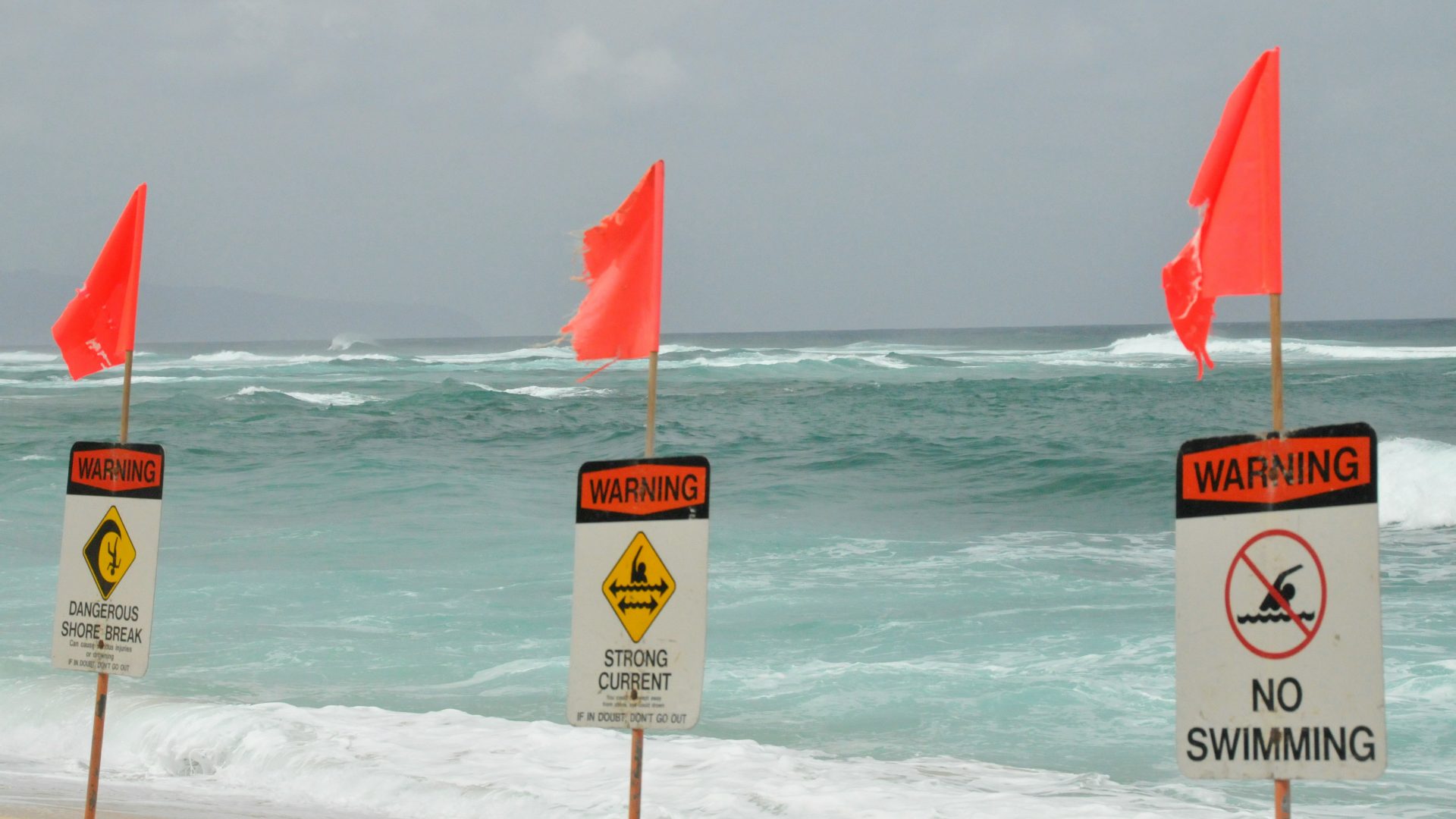
Below are the 10 beach warning flags. During my time surfing it's been very useful understanding what each flag means!
Each beach warning flag on this list is guided by the International Life Saving Federation, well known as the universal standard for beach safety.
Beach warning flags are very easy to understand due to the set colours. Green means safety, yellow moderate caution, and red means danger. Flags such as purple, yellow and black and white require more of an explanation.
Belo we will also list beach warning signs, commonly placed near beach warning flags to inform of further dangers.
Keep in mind certain beach warning flags and signs may look different in different locations around the world.
List of 10 Beach Warning Flags
- Green Flag: Signals low hazard. The waters are calm, and it's safe to enjoy a swim.
- Yellow Flag: Indicates a medium hazard. Exercise caution as there may be moderate surf or currents.
- Single Red Flag: Warns of high hazard. Strong currents or high surf make swimming unsafe.
- Double Red Flag: Signify very dangerous conditions. The water is off-limits to the public due to extreme hazards.
- Yellow and Black Dot Flag: Prohibits surfboards and other non-powered watercraft.
- Black and White Checkered Flag: Indicates a surfing area. Swimming is prohibited in this zone.
- Red and Yellow Flag: Marks a recommended swimming area with lifeguards present for added safety.
- Red and White Flag: Signals an emergency evacuation. Leave the beach immediately and follow instructions from authorities.
- Purple Flag: Warns of dangerous stinging marine life in the vicinity.
- Orange Windsock Flag: Indicates offshore winds, making it unsafe to use inflatables on the water.
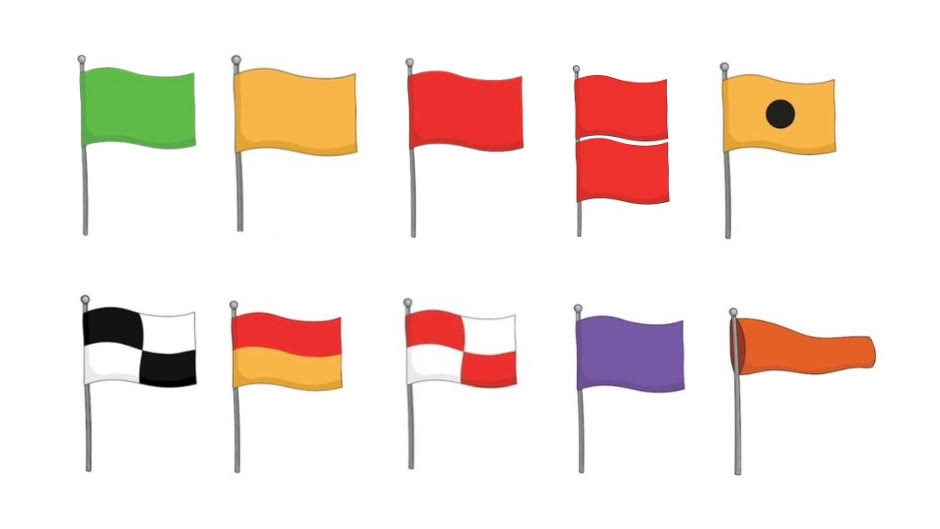
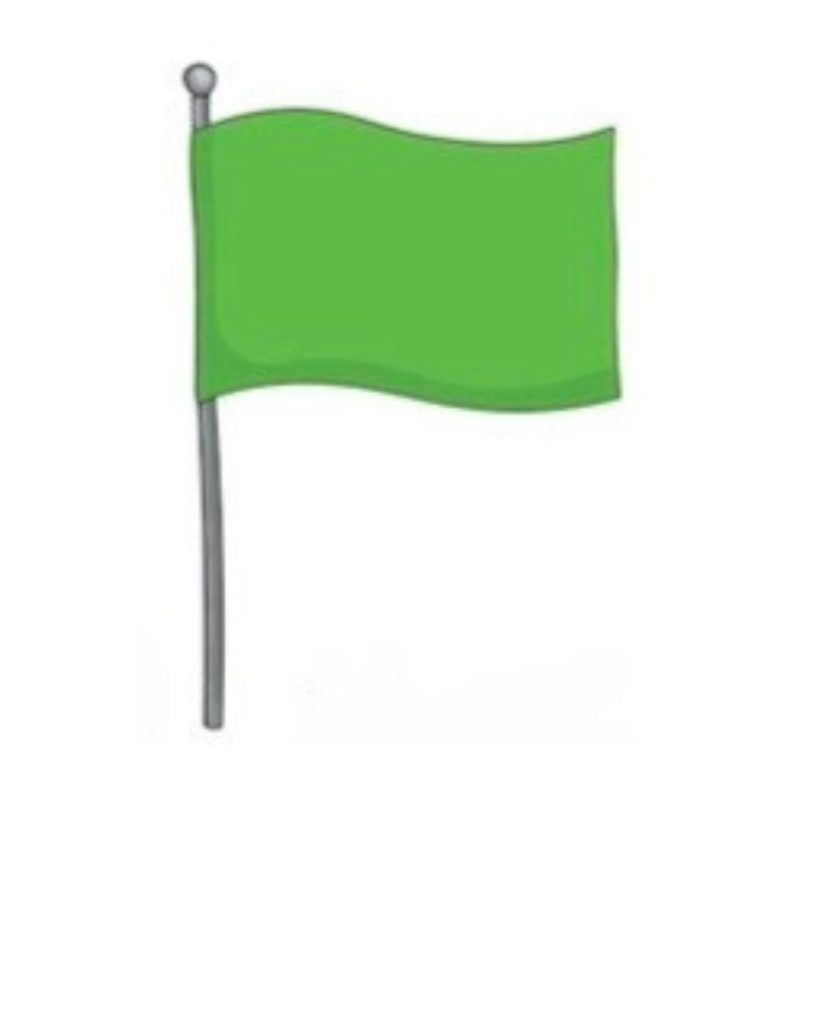
1. Green Flag (Low Hazard)
Meaning: Safe to surf and swim in mild conditions.
When the green flag is raised on beaches, it's a signal that the ocean is calm, with gentle waves and minimal currents, making it perfect for swimming and surfing. Out of all the beach warning flags, the green flag assures beachgoers that the risk of danger is low, but it's essential to remain vigilant as conditions can change unexpectedly depending on location.
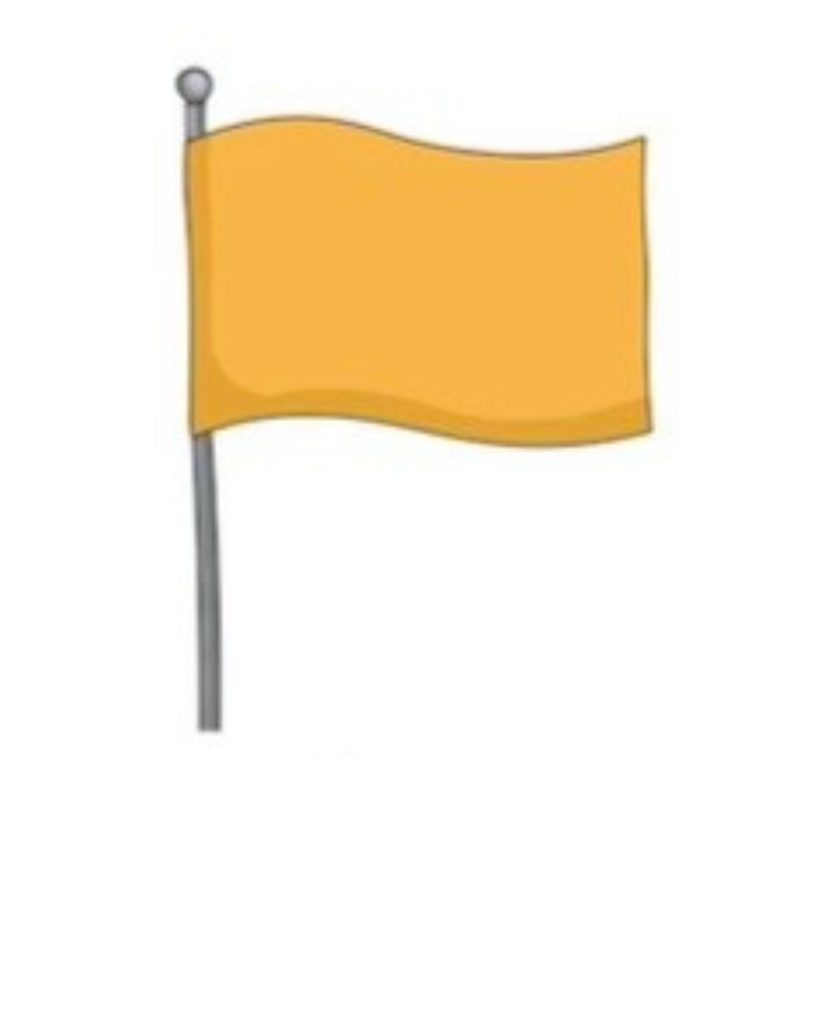
2. Yellow Flag (Medium Hazard)
Meaning: Take caution, moderate surf and/or currents
The yellow flag signifies that the ocean conditions pose a moderate risk, with waves and currents that may be stronger than usual. While swimming is still possible, caution is advised, especially for weaker swimmers who may struggle against the currents. Lifeguards often pay closer attention when the yellow flag is raised, ensuring they're ready to assist anyone who may encounter difficulties. This flag is commonly seen during days with slightly rougher seas, prompting beachgoers to exercise extra care while in the water depending on location.
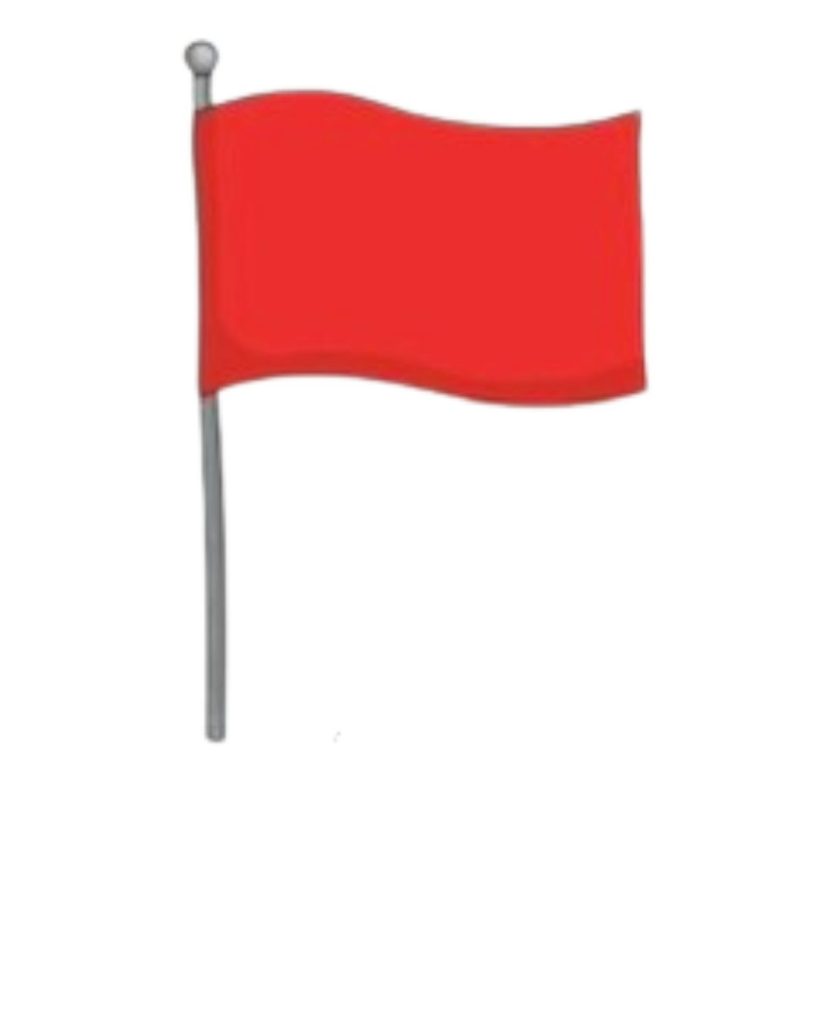
3. Single Red Flag (High Hazard)
Meaning: Dangerous conditions, high surf and/or strong currents. No swimming.
A single red flag serves as a clear warning that entering the water is highly dangerous due to hazardous surf conditions and strong currents. Swimmers are strongly advised to stay out of the water entirely to avoid potential accidents or being swept away by powerful waves. Lifeguards may intensify their monitoring efforts during these times, prioritising the safety of beach visitors. This flag is typically raised when the sea is rough during storms, indicating a significant risk to anyone venturing into the water.
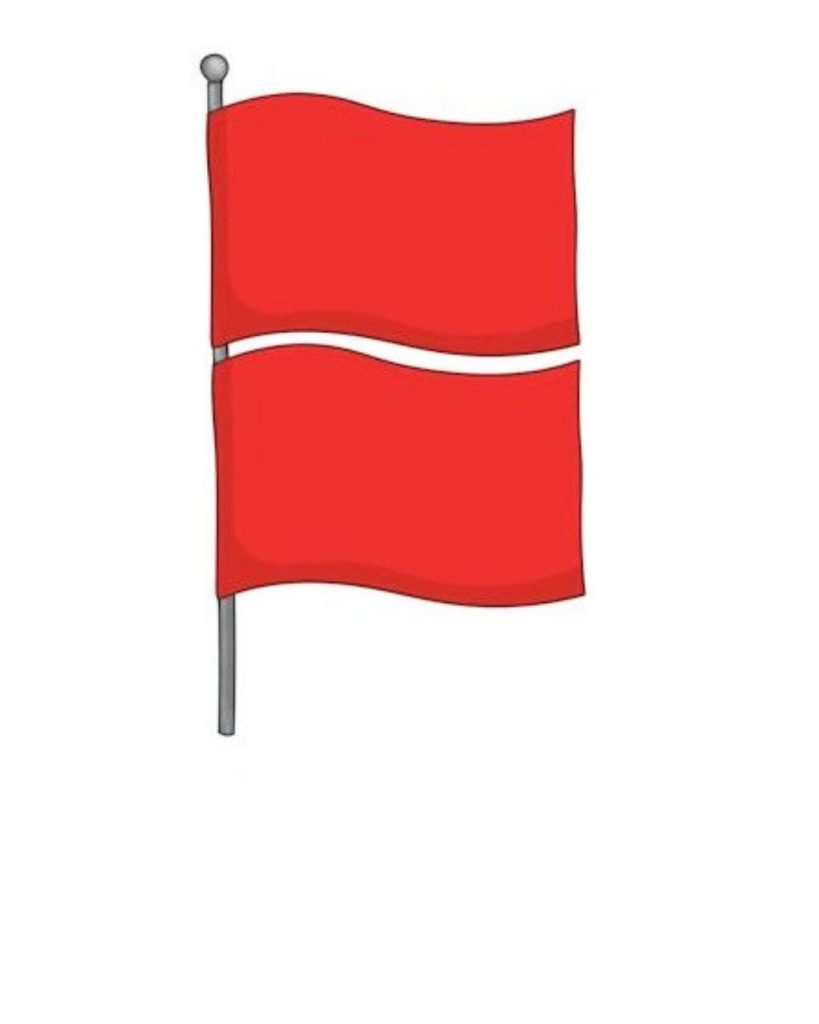
4. Double Red Flag (Water Is Closed)
Meaning: Extremely dangerous conditions.
When two red flags are raised, it indicates an extreme level of danger, and the beach authorities have closed the water to the public. The combination of high surf and strong currents such as rip tides, makes swimming or any water activities too risky. Lifeguards and beach patrols ensure strict enforcement of the closure, preventing anyone from entering the water until conditions improve. This flag is reserved for situations where the ocean is at its most treacherous, warranting a complete ban on water-related activities for everyone's safety.
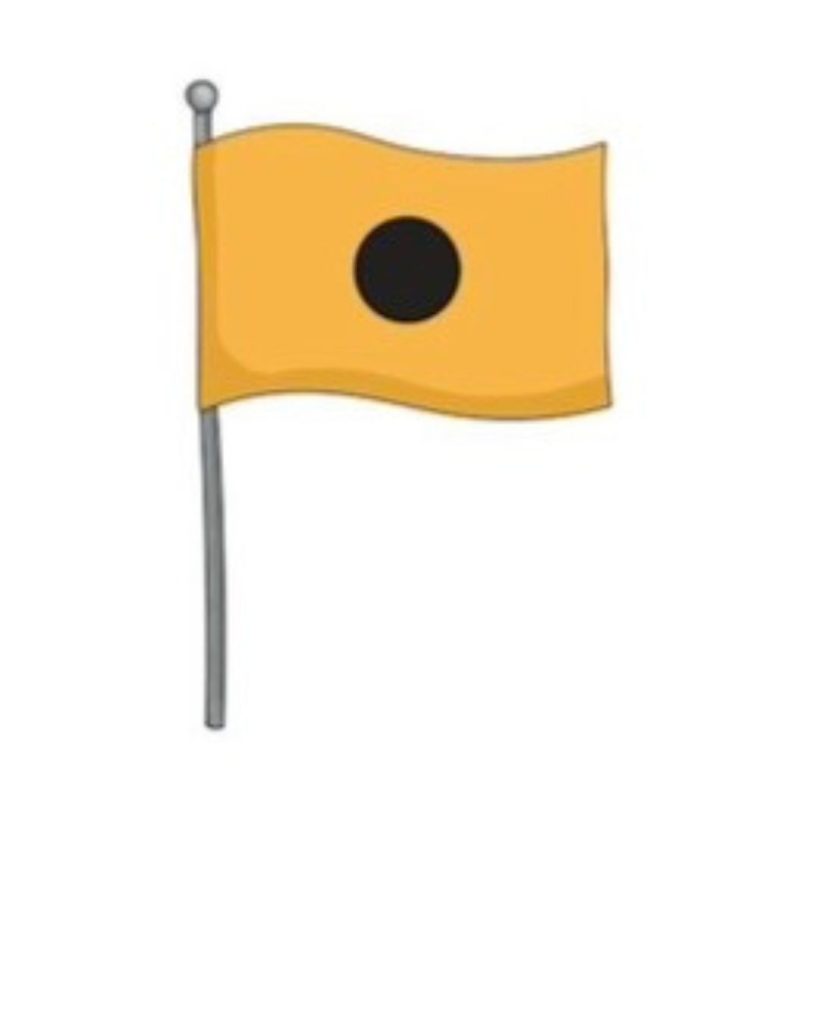
5. Yellow and Black Dot Flag (No Surfing)
Meaning: Surfboards and other non-powered watercraft are not allowed.
The yellow flag with a black ball signifies that surfing and similar activities are prohibited in the designated area. This restriction is typically enforced for safety reasons, such as crowded waters or hazardous conditions unsuitable for surfing. Surfers should heed this warning and find alternative locations to surf, respecting the rules set forth by beach authorities in given locations.
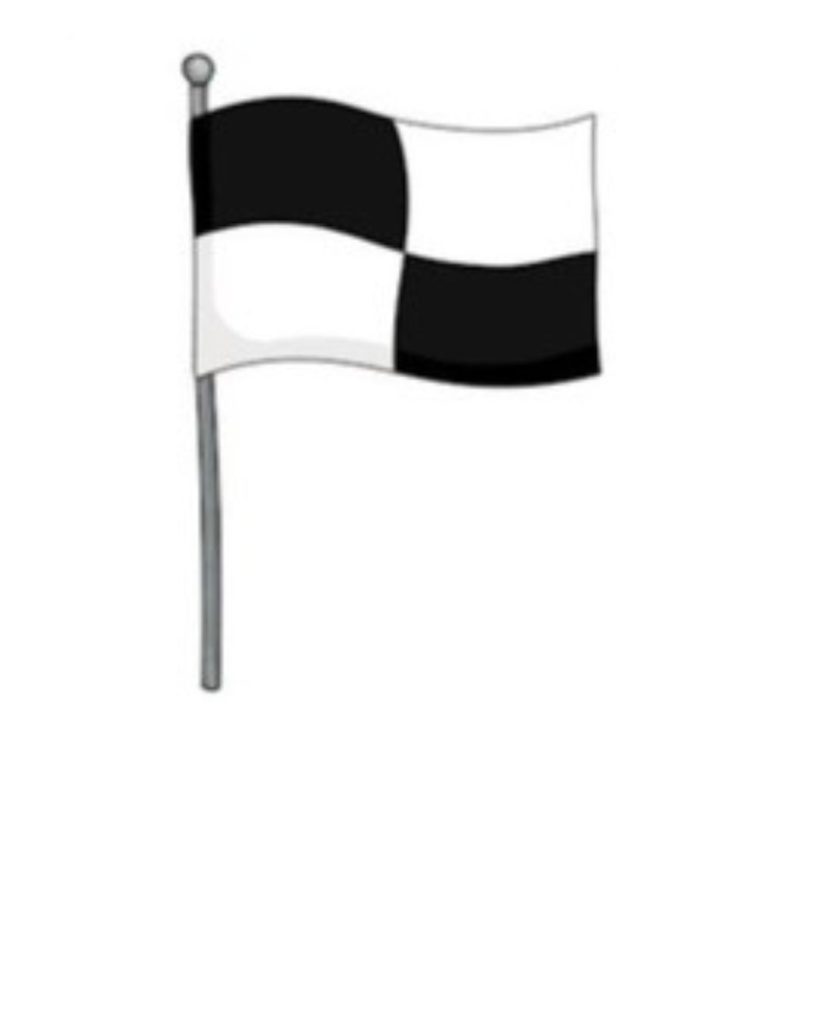
6. Black and White Checkered Flag (Surfing Area)
Meaning: Area for surfboards and other non-powered watercraft.
When the black and white quartered flag is raised, it indicates an area reserved specifically for surfers and other non-powered watercraft. This zone is off-limits to swimmers, allowing surfers to catch waves without the risk of colliding with bathers or body surfers. Beachgoers should respect this designation to avoid accidents and ensure everyone's enjoyment of the beach.
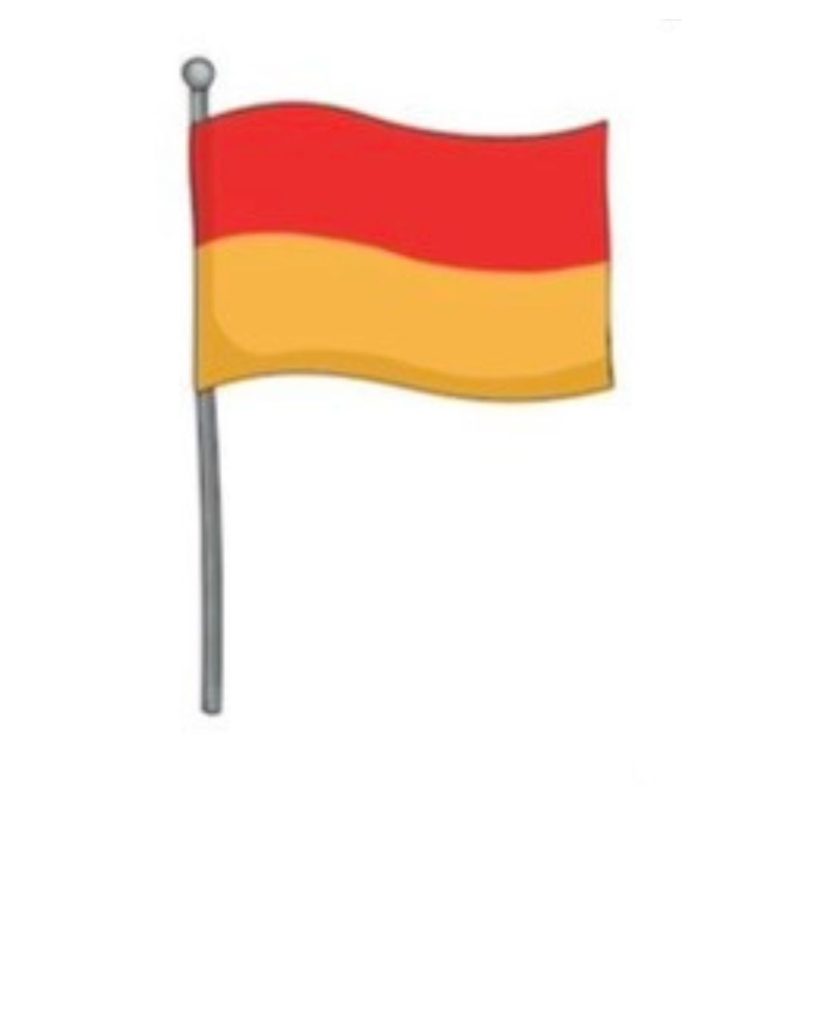
7. Red and Yellow Flag (Swimmers)
Meaning: Recommended swimming/family area with lifeguard supervision.
The red and yellow flag designates a designated swimming area where lifeguards are present for added safety. Beachgoers can feel confident enjoying the water within this zone, knowing that trained professionals are keeping watch. This flag helps ensure a safe and enjoyable swimming experience for all, providing peace of mind to both swimmers and their families. Often this is where children will be able to enjoy the waves, whilst under supervision of the highly trained lifeguards.
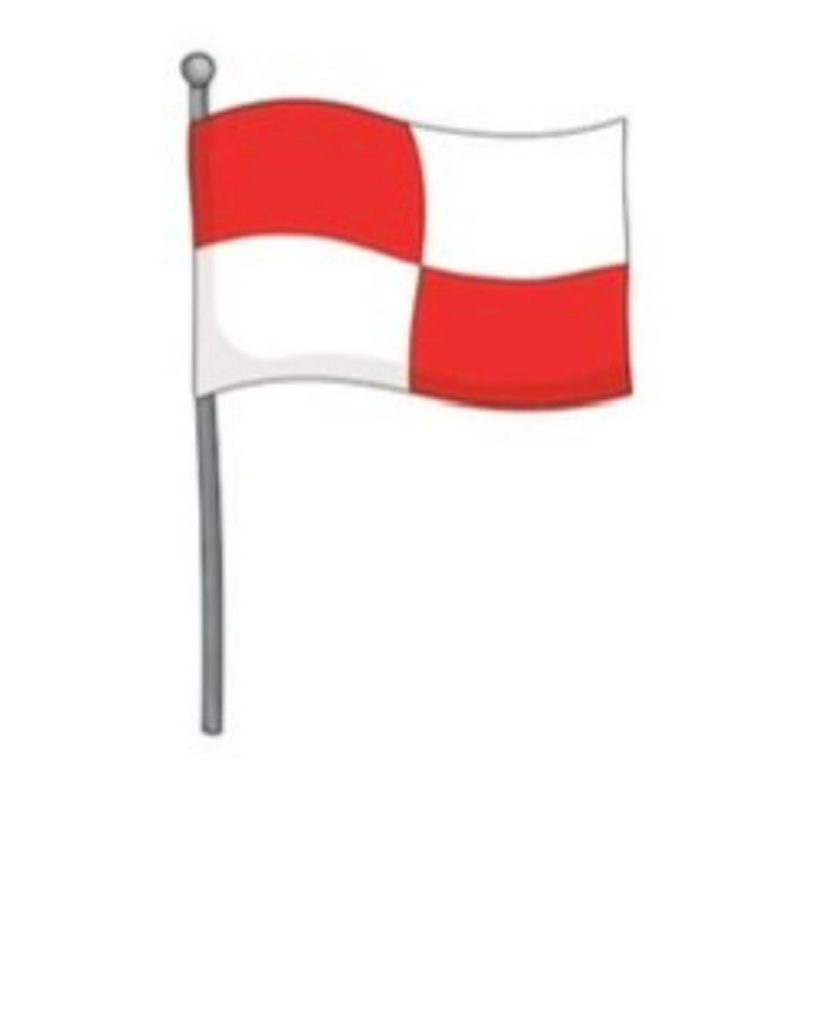
8. Red and White Flag (Emergency Evacuation)
Meaning: Exit the water immediately due to emergency.
The red and white flag signals an emergency evacuation, requiring beach visitors to exit the water promptly. Emergencies may include the presence of sharks, contaminated water, or the need for lifeguards to conduct search and rescue operations. It's crucial to follow evacuation instructions promptly and vacate the water to ensure everyone's safety and it may save your life in some instances. Beach authorities will provide further guidance and assistance as needed during these situations.
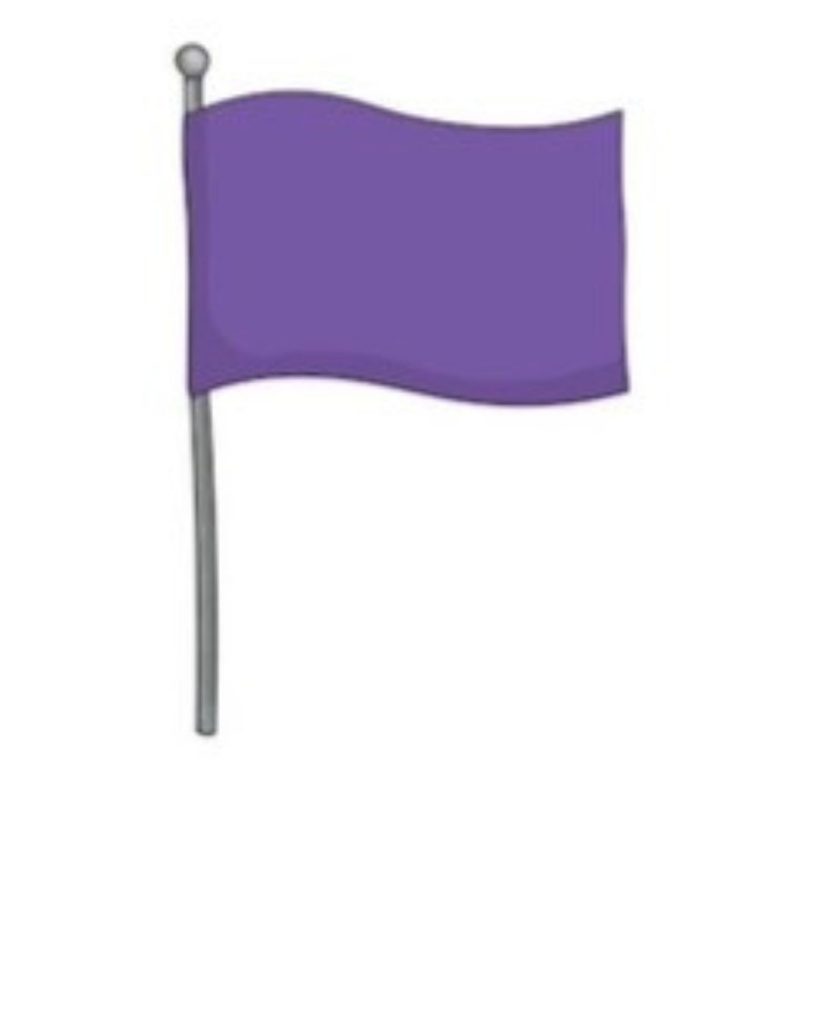
9. Purple Flag (Dangerous Marine Life)
Meaning: Marine life located in area.
A purple flag alerts beachgoers to the presence of dangerous marine life in the area, such as jellyfish, sea snakes, or stingrays. Swimmers should exercise caution and be aware of potential risks associated with encountering these creatures. Lifeguards may provide additional guidance or assistance to ensure the safety of beach visitors so don’t be shy to have a chat with them. It's essential to heed this warning and take necessary precautions to avoid injury while enjoying the water, it's always recommended to research beach hazards at your local surf spot.
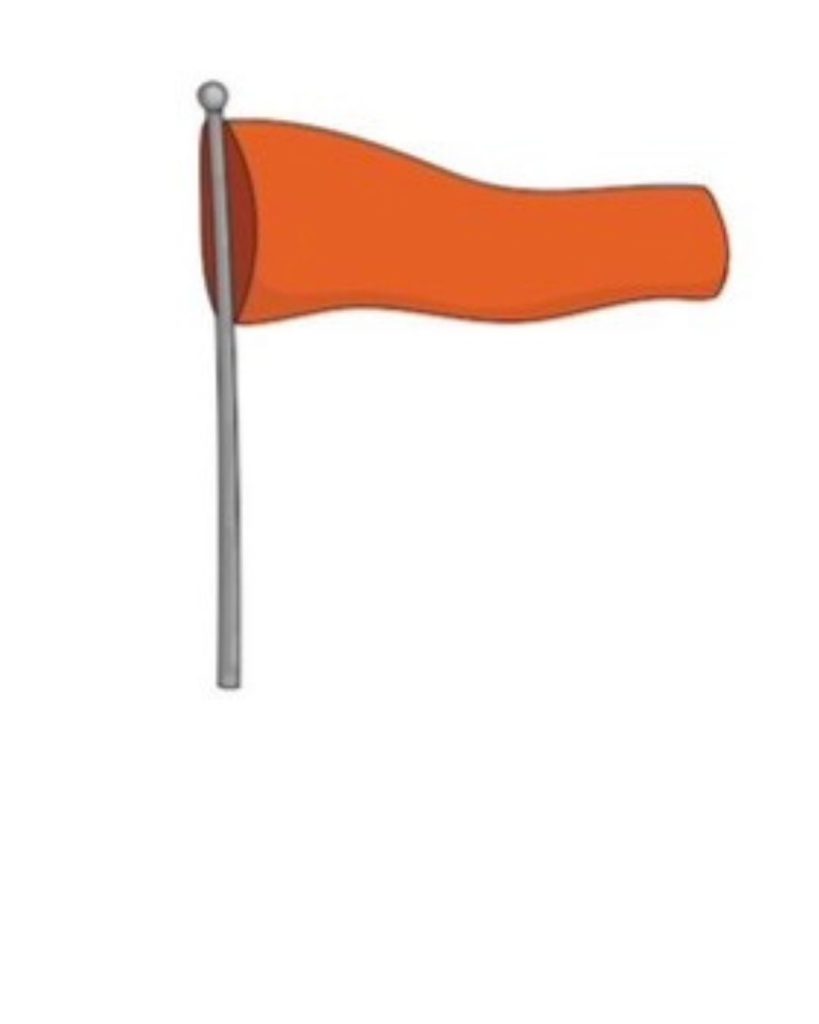
10. Orange Windsock Flag (Wind)
Meaning: Offshore winds present, inflatables should not be used.
Often forget in the list of beach warning flags, the orange windsock flag indicates the direction of offshore winds, which can pose a risk to inflatable watercraft and other flotation devices. Beachgoers should be cautious when using these items, as strong offshore winds can carry them out to sea, creating hazardous situations. It's advisable to refrain from using inflatables when the orange windsock flag is flying and to follow any additional safety instructions provided by lifeguards or beach authorities.
Beach Warning Signs
As well as beach warning flags, you will also notice beach warning signs. These warning signs are there to warn you of any dangers to be aware of in your given area.
Here are the beach warning signs:
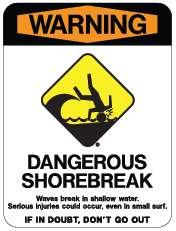
Dangerous shorebreak occurs when waves break directly onshore.
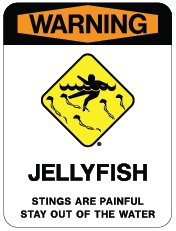
Many beaches are populated by jellyfish that may cause harmful stings.
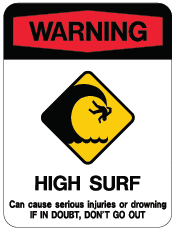
Its advised not to enter the water in these big waves.
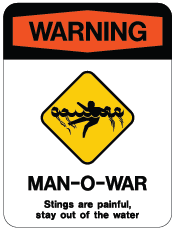
These deadly jellyfish are very dangerous appearing after strong onshore winds.
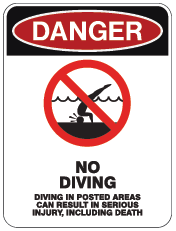
Don't dive into shallow water as you don't know what is below the surface or how deep it is.
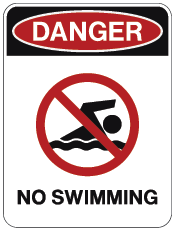
No swimming indicates the water is not safe for anyone to swim.
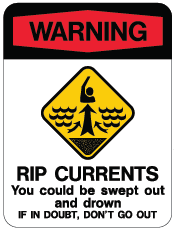
Rip currents are the cause of many deaths, avoid.
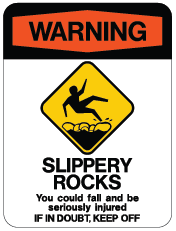
Rocks can be covered with moss and seaweed making them slippery.
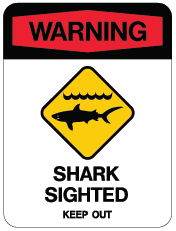
Shark sighted in the water, don't go in.
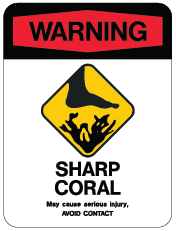
Coral can leave you with nasty cuts especially in Hawaii so proceed with caution.
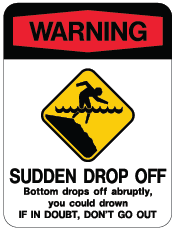
Sudden drop off indicates a fast change in water depth.
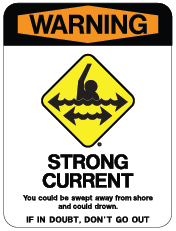
These are fast currents that can lead to you drowning.
Summing It Up: What To Do Now
Now you are well read on both beach warning flags and signs, feel free to view the official ILS beach warning flags document for further information.
The Golden Rule: If you are feeling unsure about the ocean conditions, talk with your lifeguards. They will answer any questions you have about the given location and guide you to a safe beach experience.
Always research where you plan on going to see if rip currents or dangerous marine life are common depending on location. Here is a helpful video suggesting more useful beach safety tips you can use!
Frequently Asked Questions
What do the warning flags mean at the beach?
Warning flags at the beach convey safety information regarding potential hazards or conditions in the water or on the beach.
What does a black flag mean on the beach?
A black flag signals hazardous conditions such as high surf or dangerous currents, advising extreme caution or refraining from entering the water.
What does a purple flag mean at the beach?
A purple flag signifies the presence of potentially dangerous marine life, such as jellyfish or sharks, urging beachgoers to exercise caution.
What are the flags for beach safety?
Beach safety flags include green for low hazard, yellow for medium hazard, red for high hazard, and purple for dangerous marine life.
What are the red flags in Florida beach?
In Florida, red flags indicate high hazard conditions, warning of strong currents, rough surf, or other dangers, prompting swimmers to avoid the water.
What are the two colours on flags people must swim between at the beach?
Beachgoers must swim between red and yellow flags, representing low and medium hazards respectively, ensuring they stay within safer areas monitored by lifeguards.


